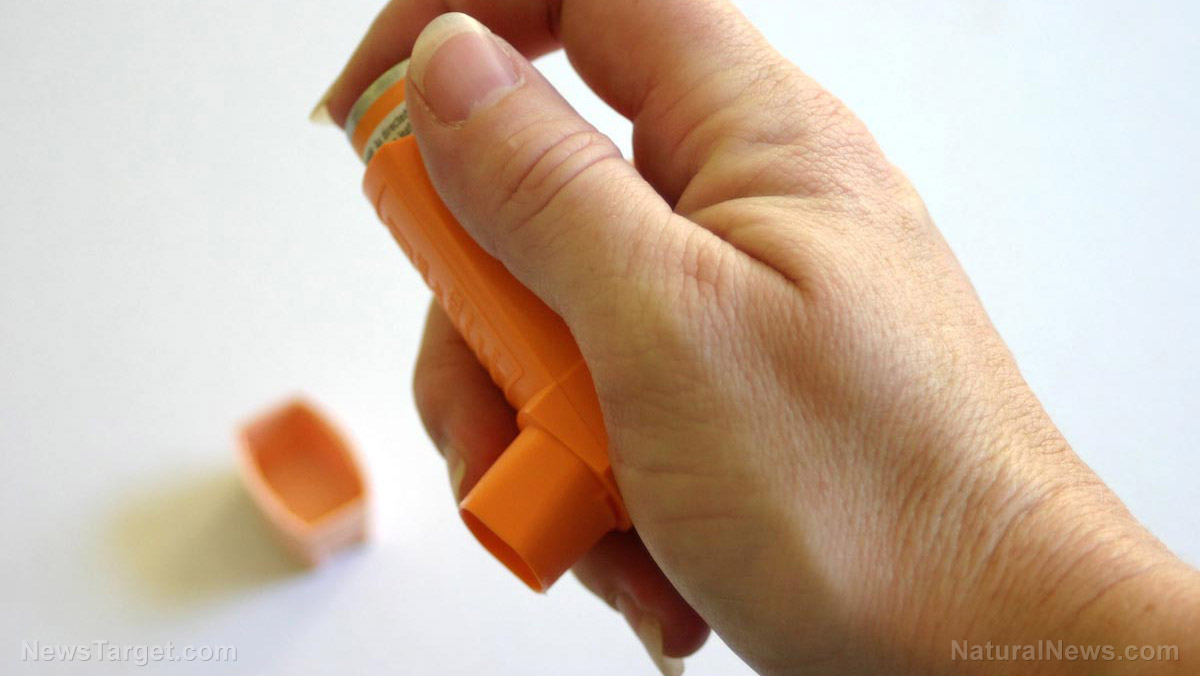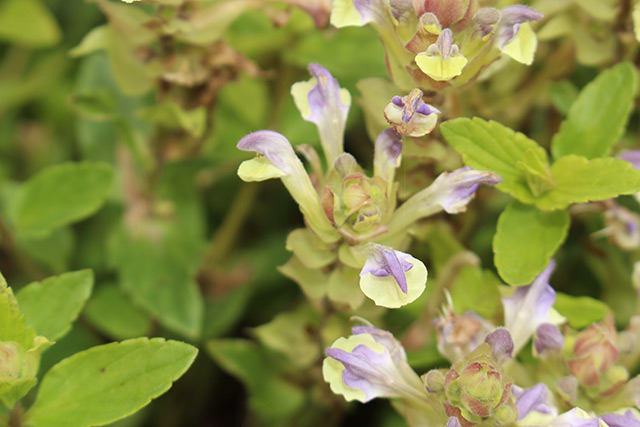Researchers look at TCM usage to treat COPD in Taiwan
05/15/2019 / By Janine Acero

A nationwide population-based cross-sectional study conducted by researchers from Chang Gung University in Taiwan looked at the frequency of prescription and usage of Chinese herbal medicine for the treatment of chronic obstructive pulmonary disease. Their findings were published in The American Journal of Chinese Medicine.
- Chinese herbal products (CHPs) have been used in East Asian countries as therapeutic agents for chronic obstructive pulmonary disease (COPD).
- The researchers aimed to identify the frequency of prescription and usage of CHPs in COPD patients in Taiwan.
- The study involved 19,142 COPD patients from a random sample of one million individuals in the Longitudinal Health Insurance Database 2000 of the National Health Insurance Research Database (NHIRD).
- The researchers used multiple logistic regression method to evaluate the adjusted odds ratios for the utilization of CHPs.
- They listed the following results:
- There was an average of 6.31 CHPs in a single prescription for COPD patients.
- The most frequently prescribed CHP was Xiao-Qing-Long-Tang (XQLT) (2.6 percent).
- The most commonly used combination of two formula CHPs was XQLT with Ma-Xing-Gan-Shi-Tang (MXGST) (1.28 percent).
- The most commonly used single CHP was Bulbus Fritillariae (3.65 percent).
- The most commonly used combination of two single CHPs was Bulbus Fritillariae with Puerariae Lobatae (1.09 percent).
- The researchers also found that TCM usage was more prevalent among men, younger, manual workers, residents of Northern Taiwan, and patients with chronic bronchitis and asthma.
The researchers concluded that these results provide information regarding personalized therapies and may promote further research on the efficacy of CHPs in managing COPD.
Journal Reference:
Liao YN, Hu WL, Chen HJ, Hung YC. THE USE OF CHINESE HERBAL MEDICINE IN THE TREATMENT OF CHRONIC OBSTRUCTIVE PULMONARY DISEASE (COPD). The American Journal of Chinese Medicine. 2017;45(02):225–238. DOI: 10.1142/s0192415x17500148
Tagged Under: alternative medicine, Bulbus Fritillariae, chronic obstructive pulmonary disease, COPD, disease treatments, herbal medicine, Herbs, lung disease, Lungs, natural cures, natural medicine, research, TCM, traditional Chinese medicine

















